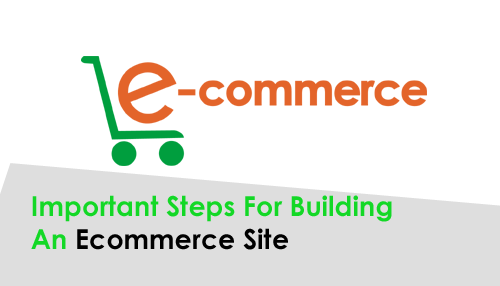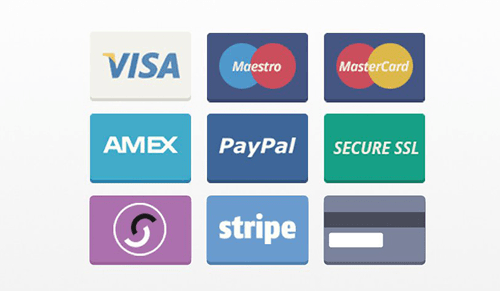There is an array of benefits associated when you are thinking about setting up an online store and are opting for building an eCommerce site.
When you are building an eCommerce site, there are a few steps to take into consideration:
1. Choosing a domain for your eCommerce website
A custom domain is the best option for you if you are selling a wide variety of products. By choosing a custom domain, you can enjoy the following benefits:
- A recognisable brand that belongs to you.
- A professional e-mail address linked to your domain where people can contact you.
- Search engine optimisation (SEO) benefits.
2. Choosing the right eCommerce platform
You want to choose an eCommerce platform that is easy to use and provide flexible options. Most small business owners don’t want to go through the trouble of hand-coding their website. If you already have a website, then widgets, buy buttons can be added or you can embed a store to any page on your existing website. If you are making use of WordPress for your site, then you can access the free WordPress eCommerce plugin that is available for use.
3. Choosing a white label SEO marketing agency
You can make use of a professional SEO marketing agency that specialises in GMB local optimisation, SEO services and authority link building services to build your eCommerce site for you.
Obtain knowledge and browse the web for an eCommerce SEO case study that can give you an idea of what results can be expected when acquiring the services of a professional SEO marketing agency.
4. Designing your store
Make sure you choose a theme that embodies your brand and that allows you to showcase your products in the best possible way. A good idea is to add an “about “page and a “contact “page to your site to allow your potential customers to connect with you.
Other important items to add on an eCommerce site:
- A photo of yourself. People like to deal with real people.
- Your store name.
- A logo for branding and recognition purposes.
- Trustmark and payment logos.
5. Setting up payments
Two key aspects of payments for your eCommerce website need to be considered.
- How are customers going to pay you?
- How to get those payments into your bank account.
In most cases a third-party payment processor needs to act as the go-between.
Possible features to be considered when setting up payment options are:
- Secure payment handling
- Integrated SSL
- Acceptance of payments everywhere
- Payments via PayPal or into your bank account
- WordPress eCommerce integration
6. Adding products
When adding your products remember to include:
- Product name & description
- Choose the product type
- Price and quantities available
- Photos of the products
- Delivery and pricing options and specifying any variants
7. Testing the checkout feature
You want to avoid shopping cart abandonment.
- Make sure your website and especially the checkout button works on smartphones and tablets as well.
- It must allow customers to buy multiple items at once.
- Offer free shipping if possible and make sure your website displays the shipping costs upfront before customers get to the checkout point.




